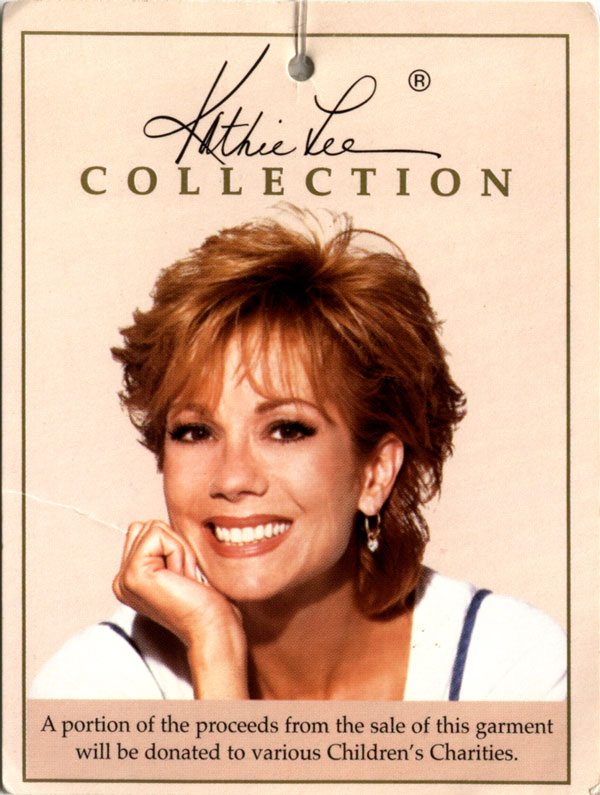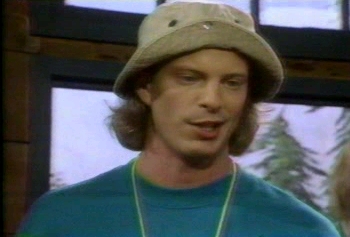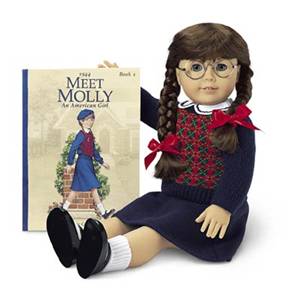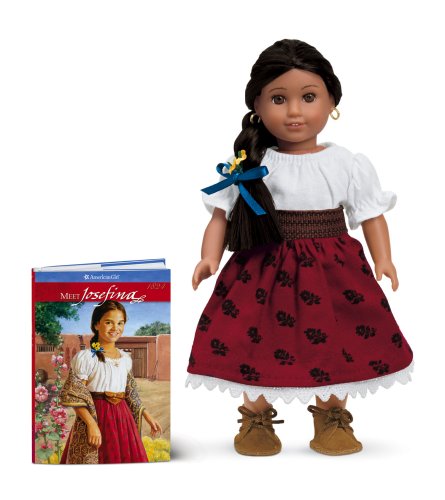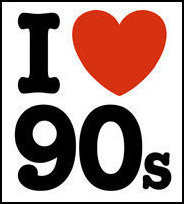
Welcome to a brand new feature here at Children of the 90s. We've spent a lot of time looking at one-hit wonders, but what about those lucky few who may have gone on to sell more records? Multiple-hit wonders deserve 90s love too. If you're going to use these lists as fodder for worthy iTunes 90s playlists, you should probably have some variety. I wouldn't want all your friends thinking you're only into fleetingly popular musicians, now, would I?
So, with the readers best interests at heart (you know, like always) I present the new Top Charting Hits feature. Here's your chance to reminisce at the ridiculous songs we loved so dearly that we sent them soaring to the top of the Billboard top 100 charts.
This list should hopefully bring forth since-repressed memories of traumatic school dances, Bar Mitzvah party slow dance fiascos, and haunt-you-for-life level embarrassing talent show performances. If you're brave, feel free to share yours in the comments section of this post. Here, to make you feel more comfortable, I'll get this party started: a DJ played "I'll Make Love to You" at probably every middle school dance I ever attended. Not only was it totally inappropriate, but it was also comically unfit for our preferred method of slow dancing: arms extended straight to ensure maximum distance between us and our partner of the opposite sex. Perhaps they should have recorded a junior high dance version entitled, "I'll Make Love to You...From a Distance."
Hero (Mariah Carey)
Geez, Mariah Carey has been pumping out top-charting hits for over 15 years now. No wonder she feels she has license to marry desirable younger men and dress in lavishly diva-esque outfits: she's earned that right. I'm pretty sure we sang this song in our 7th grade chorus, but our arrangement undoubtedly did no justice to the belt-it-out singer's version. The song might have highlighted our inner strength, but it also brought forth our outer vocal weakness. Sorry, Mariah. You deserved better.
All for Love (Sting/Brian Adams/Rod Stewart)
It takes a special occasion to bring together a group of prominent artists. You know, like recording a track The Three Musketeers movie soundtrack. That was the case with Sting, Rod Stewart, and Brian Adams' hit single "All for Love." Maybe they just all happened to have a lot of free time that weekend. To their credit, the song is much better than the movie.
The Power of Love (Celine Dion)
Celine Dion had quite a thing going in the 90s. This song was a major international hit, cementing Dion's position as a global superstar. The song is actually a cover of a 1985 Jennifer Rush song. Rush's original version charted well outside the US, but the song was unfamiliar to wide American audiences. Like the song, Celine Dion was similarly lesser known amongst American music listeners, so it was a good fit.
The Sign (Ace of Base)
Admittedly, a video like this would get laughed out of a music vid countdown these days. It's just so heavy on the over-the-top slow motion, super-imposing special effects. Luckily, they don't really show music videos on TV much anymore, so it's sort of a moot point.
Ace of Base were some of the foremost artists of the wave of mid-90s Europop hits. "The Sign" is undeniably catchy, repetitive, and it has a beat you can dance to. Well, a beat you can dance to using signature 90s moves. It might not jive so well with the dance styles most popular on today's club scene, but in the 90s it was a near-perfect fit.
Of course, some of you may also remember this classic Full House cover version by Steph, Gia and friends. I must say, it is totally necessary for them to have that many instruments in their ensemble.
Stay (I Missed You) (Lisa Loeb)
It's a rare accomplishment to hear your hit single on the radio without even procuring a record deal, but Lisa Loeb achieved just that with her 1994 release "Stay (I Missed You)". The song gained popularity from its position on the much-hyped Reality Bites movie soundtrack. Lisa Loeb has a certain likability; she just seems nice. Maybe it's her glasses. That said, Loeb is probably responsible for hundreds of sexy librarian fantasies amongst boys coming of age in the 90s.
Bump n' Grind (R Kelly)
Back in the days before R. Kelly found himself entrenched in lawsuits and scandals, he was putting out solid number one hits like this one. Okay, so "solid" is pretty open to interpretation, but let's just all agree the album falls more clearly into that defined category than gaseous or liquid. His moves in this video are pure 90s slow jam, by the way. Classic performance stance, plus we get some bonus zoom moments on our video girls in their spelunking hard hats. If that's not sexy, I don't know what is.
I'll Make Love to You (Boyz II Men)
This platinum-selling single held the top spot on the Billboard charts for a then-record 14 weeks. It was wildly popular at the time, and, as I mentioned above, often awkwardly played in adolescent slow dance/slow roller skate-type situations. Just imagine the sheer number of people who have played this song during their most intimate moments--Boyz II Men probably deserves some form of honorable mention from cheesy music-loving men everywhere for sufficiently setting the mood.
I Swear (All 4 One)
All 4 One proved that Boyz II Men hadn't cornered the market on harmony-rich R&B male vocal groups. "I Swear" was their only major hit, but it made an indelible impact. There are few of us 90s kids out there who couldn't immediately fill-in-the-blanks for the lyrics following the "I swear..." lead in. In case you can't, it's "By the moon and the stars in the sky." Just for the record.
Here Comes the Hotstepper (Ini Kamoze)
I was pretty sure I'd never heard of this song until I listened to it and realized I knew it well, but had no idea the words were "Here comes the hotstepper, murderer." It always sounded to me more like "Here comes mmm mmm mmm mmm, turn it up!" It was Kamoze's sole number one hit in the US, but he definitely made his mark. Who can resist singing along to that "Na, na na na na, na na na na na na na na na na, na na na na" part? Yes, I counted those out, and yes, my count might be wrong. Deal with it.
On Bended Knee (Boyz II Men)
Boyz II Men were just about everywhere in the 90s. We were all suckers for well-arranged harmony, which explains for the explosion in boy bands in the later part of the decade. The Boyz were kings of the ballad during this time, cranking out slow jam after slow jam for our easy listening pleasure. "On Bended Knee" ascended to number one in December of 1994, reinforcing the band's popularity by reaching the milestone of replacing their own number one song (previously "I'll Make Love to You") with a new number one song. Boyz II Men is one of only a few acts to achieve this feat; the preceding benchmark-holders were The Beatles. Impressive stuff.
So, there you have it: the number one hits of 1994. Some are worth remembering, while others yet we may sooner wish to wipe from our memories entirely. One thing is for sure: at least one of these songs should embed itself somewhere deep within the fiber of your skull and play itself on incessant repeat until you can bear no more. It's just the way of catchy 90s singles. You'll thank me for the memories just as soon as you can extricate those pounding beats from your cerebral cortex.




